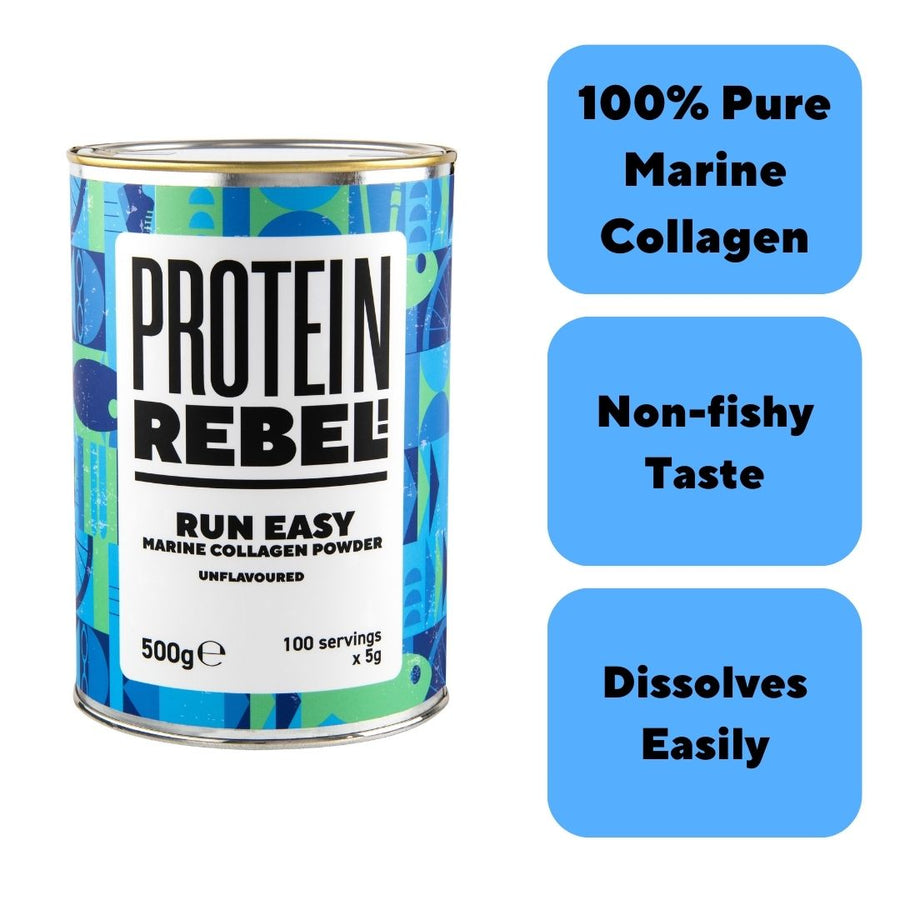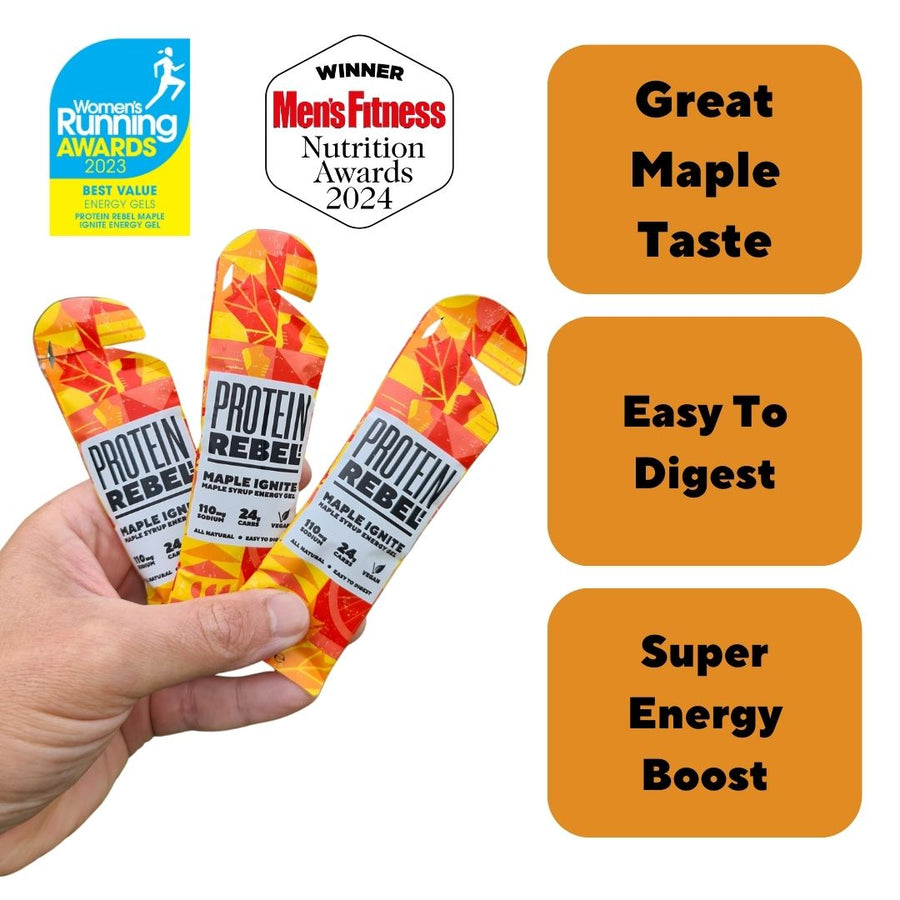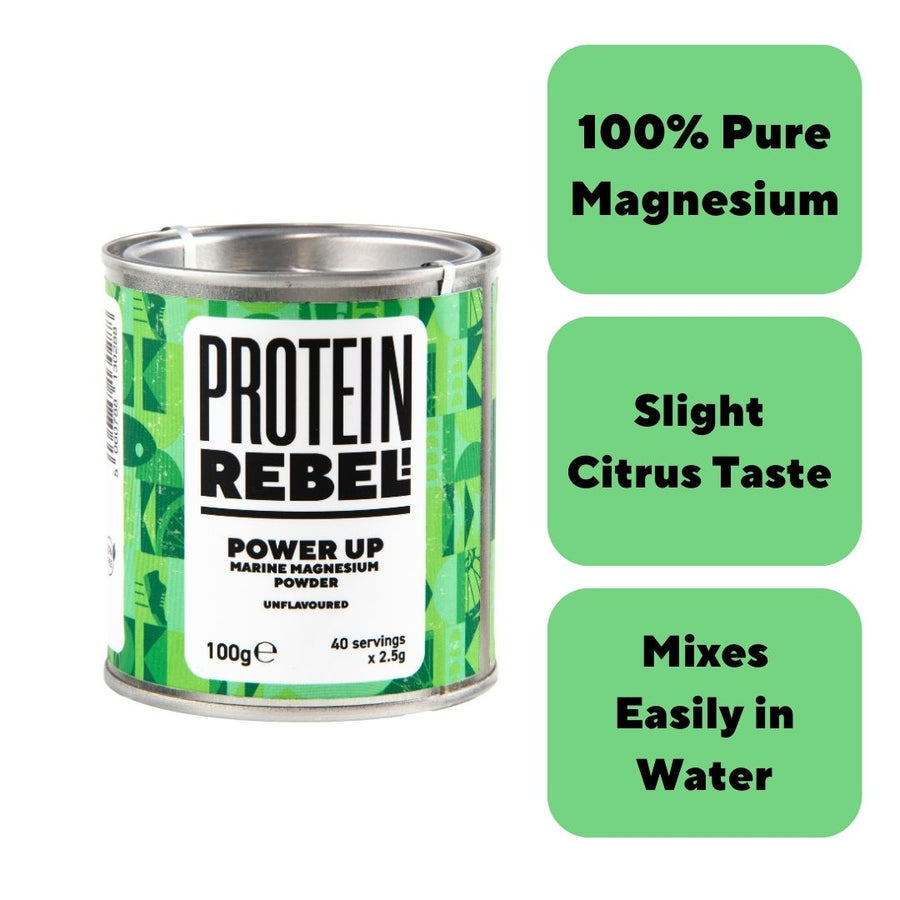How Many Carbs Do I Need Per Hour While Running?
If you’ve ever hit the wall mid-run, you’ll know the feeling: your pace drops, your legs stop responding, and every step feels like dragging a sack of bricks. The scientific term for this is glycogen depletion, which is the term used for when your body’s carbohydrate stores finally run low.
Your muscles and liver can only hold so much glycogen, and during long or intense runs, those reserves are burned through faster than you might think. Once they’re gone, your body has to rely more heavily on fat for fuel. That’s fine for lower-intensity efforts, but it’s a much slower process, which is why everything suddenly feels so hard.
That’s where taking on carbs during a run comes in. It’s not just about topping up, it’s about keeping your energy steady so you can maintain pace, focus and rhythm right to the end.
Why Carbs Are So Important for Runners

Carbohydrates are your body’s preferred energy source when you’re running. They’re broken down into glucose, which powers your muscles and brain. Early on in a run, your body burns a mix of carbs and fat, but as the intensity rises or the run stretches out past the hour mark, carbs do the heavy lifting.
When glycogen levels drop too low, your performance drops off a cliff. You’ll notice it in your legs first as they feel heavy and unresponsive, but you’re also more likely to struggle mentally. That “foggy” feeling late in a long run isn’t just tiredness; it’s caused by your brain running low on glucose.
By feeding your body a steady stream of carbs while you run, you’re keeping your internal fuel tank topped up so you can keep performing for longer. This is the foundation of good running nutrition and one of the simplest ways to improve endurance.
How Many Carbs Do You Actually Need?
The right amount of carb intake while running depends on how long and how hard you’re running, as well as variables such as your running level, physique and sex, but the general guidelines are well established:
-
Up to 60 minutes: You don’t need to take on carbs unless you’re pushing hard. Your stored glycogen should be enough.
-
60–90 minutes: Aim for around 25 grams of carbs to push you to that 1.5 hour mark without losing energy. This is equivalent to one maple syrup gel.
-
90 minutes to 2.5 hours: Step it up to at least 40g-50g per hour, or 2 gels. If you can tolerate this easily, try 3 gels per hour (approx 70g carbs) to see how you feel.
-
2.5 hours or more: See if your body can tolerate 60g-90g of carbs. This is often quoted as the perfect amount so long as your stomach can handle it and you’re adequately hydrated.
It’s important to realise that there isn’t a one-size-fits-all rule for carb intake. Some runners can take on 60-70 grams per hour comfortably, while others start to feel queasy at half of this. The only way to find your sweet spot is to keep testing it, or have your carbs per hour threshold tested using the latest carbohydrate oxidation testing techniques.
Should Bodyweight Influence Carbohydrate Intake?
Bodyweight is just one factor that may influence your carb intake per hour, but don’t assume you need more carbs because you’re bigger. It’s not this simple.
Your carb intake is fundamentally dependent on 3 key factors:
-
How much and how quickly your body burns fuel
-
How much your body can stomach without GI issues
-
How much your body can absorb (and so actually use)
All these three are also dependent on factors such as how well trained you are/how quickly you oxidise fat, and the weather. If it’s very hot, this impacts how easily your body takes on fuel.
Interestingly, speaking on a recent ‘Endurance Innovation’ podcast, LJMU Professor Jamie Pugh reported that he recently calculated the exact amount of carbs a range of different runners could absorb per hour and the results ranged considerably - from 40g up to 120g. One of the elite - but also one of the smallest female runners - could only comfortably absorb 40g carbs per hour. In contrast, an intermediate male runner who was over 6ft and with a larger frame could comfortably absorb much higher amounts - 90g+.
It shouldn’t be assumed however, that bigger runners need more carbs per hour than smaller runners as our bodies are unique in so many ways. The differences in carb intake and body weight aren’t linear, and certain subtleties can have a big impact on how many carbs a runner can manage.
The takeaway is simple: Start with the general guidelines and adjust based on comfort and performance.
Getting the Balance Right
Taking in carbs on the run is only useful if your body can actually use them, so pacing your intake makes a big difference. Trying to gulp down 50 grams all at once could well overload your stomach. Instead, spread it out, for example, take on 25 grams every 20 minutes. That keeps your energy levels steadier and reduces the risk of nausea.
Hydration, as always, also plays a major role. Carbs ideally need water to be well digested and absorbed, so if you’re dehydrated, your digestion will be less efficient and stomach upset is more likely. Make sure you’re drinking regularly, especially in warmer conditions or during longer sessions.
If you want to dial in your fueling strategy for long runs, experiment with timing and quantities until it feels natural. Once you get that rhythm, it becomes second nature.
Natural Energy Gels for Running

One of the biggest challenges with fuelling mid-run is keeping your stomach happy. Artificial gels often taste overly sweet or chemically harsh, and after an hour or two, many runners simply can’t face another one. They are also often filled with low quality ingredients like maltodextrin that are likely to cause bloating and discomfort.
That’s why natural options like Maple Ignite and Maple Coffee gels are so important. Both use real, grade A Canadian maple syrup, which delivers simple, easily absorbed carbohydrates without any of the synthetic flavours or preservatives. Maple Coffee adds a caffeine boost, handy for long runs or races where mental fatigue starts creeping in. Both gels also contain naturally occurring electrolytes from maple syrup and sea salt, making them the perfect fuel source for running.
Because they’re made from natural ingredients and are easier on the stomach, our gels are ideal for practising your fuelling strategy without worrying about digestive issues. And once you’ve found a system that works, you’ll never have to dread your mid-race nutrition again.
The Basic Science of Absorption
There’s a limit to how fast your gut can move carbohydrates into your bloodstream, roughly 50-60 grams per hour from glucose alone. By adding fructose, which uses a different transport pathway, you can raise that ceiling to around 90 grams per hour (or more).
But that doesn’t mean you should aim for 90 grams straight away. To an extent, you can train your gut. Start with smaller amounts and gradually increase them during your long runs. Over time, your body adapts, becoming better at handling higher intakes without discomfort.
Understanding glucose and fructose absorption is especially useful if you’re testing new energy gels or drinks, as it helps explain why some combinations sit better than others.
Training Your Fuel Strategy
Just as you wouldn’t try new shoes on race day, you shouldn’t try a new fuelling plan. Use your long training runs to experiment: vary the amount, timing, and type of carbs you take on, and note how your body responds. You’ll soon find what feels right for you.
A few tips that help most runners:
-
Start fuelling early, don’t wait until you feel tired.
-
Take smaller doses more often rather than big hits.
-
Match your carb intake with enough fluid.
-
Stick with fuels your stomach tolerates well.
If you’re training for a marathon, aim to practise your full race-day running fuel strategy several times beforehand. That way, both your body and your gut are ready for it.
If you’re looking to maximise your running performance and training, take a look at some of our other guides:





